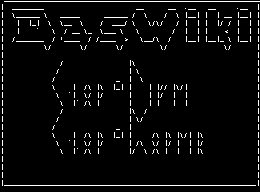Pages (Latest 10 updated) :
Menu (Edit):
- Das Wiki
- zsh.md
- zoneminder.md
- yubikey.md
- yasnippet.md
- xprofile.md
- xmonad.md
- wpa_supplicant.md
- wp3.md
- windows.md
Menu (Edit):
Link List (Edit):
Contents:
# __ __ _ _ _ _
# | \/ |_ _| | |_(_)_ __ _ __ ___ ___ ___ ___ ___(_)_ __ __ _
# | |\/| | | | | | __| | '_ \| '__/ _ \ / __/ _ \/ __/ __| | '_ \ / _` |
# | | | | |_| | | |_| | |_) | | | (_) | (_| __/\__ \__ \ | | | | (_| |
# |_| |_|\__,_|_|\__|_| .__/|_| \___/ \___\___||___/___/_|_| |_|\__, |
# |_| |___/
Python Multiprocessing
The Python multiprocessing module allows one to create numerous different processes within their python program. This is different than the subprocess module, which is for creating and managing processes that run external applications.
Working with multiprocesses
Starting a process uses the method Process to initialize a multiprocess instance. Then the function start
is used to run the instance. Below is an example.
from multiprocessing import Process
# Define the task which will be ran by our process
def some_task(phrase, other_phrase):
print(f'Printing the desired phrase: {phrase}')
print(f'Now the other phrase: {other_phrase}')
# Create a process instance.
process = Process(target=some_task, args=(phrase='Hewo Worrrld!', other_phrase='For sure.'))
# Start our project.
process.start()
 Anoduck's Das Wiki
Anoduck's Das Wiki